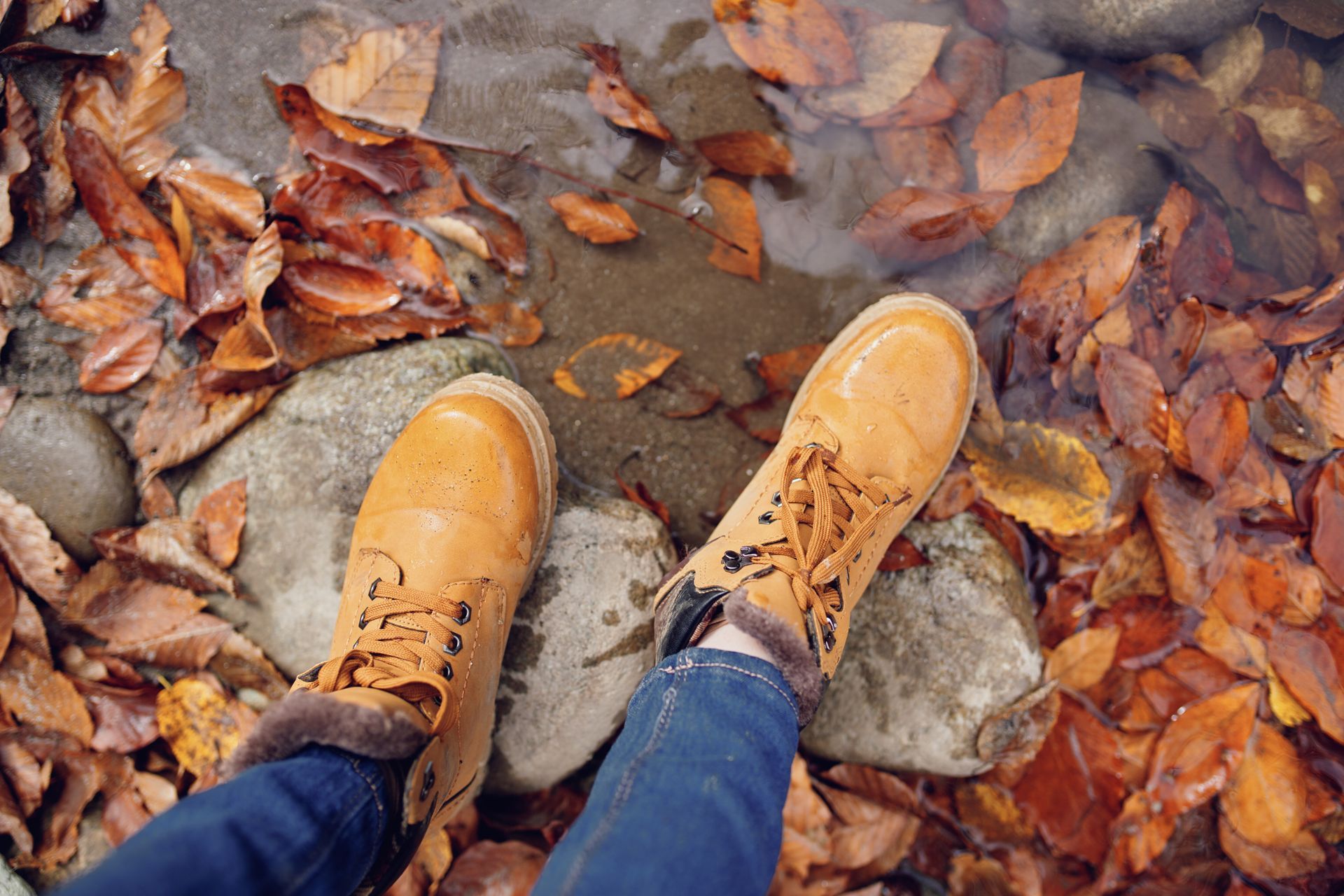Outdoor Exercise and Vein Health: Safe Practices for Summer
Exercising outdoors during the summer offers numerous health benefits, including boosting your mood, enhancing your vitamin D intake, and improving your cardiovascular health. However, the summer heat also brings challenges, especially for those concerned about vein health. This post will guide you through the best practices for outdoor exercise to prevent heat exhaustion and protect your veins during the warmer months.
Understanding the Impact of Heat on Vein Health
Heat causes the veins to dilate (expand), which can increase discomfort from varicose veins and other vein-related issues. When veins dilate, they can struggle to pump blood efficiently back to the heart. This is particularly challenging during exercise when your circulatory system is already working harder. Moreover, the risk of dehydration increases with heat, further thickening the blood and stressing the veins.
Best Times for Outdoor Exercise
To avoid the intense midday heat, which can exacerbate vein problems and increase the risk of heat exhaustion, consider scheduling your workouts during cooler parts of the day:
- Early Morning:
Just after sunrise is often the coolest, most serene time of day, making it ideal for outdoor activities. The lower temperatures will help keep your veins constricted and ensure more comfortable and effective exercise.
- Late Evening: As the sun sets, temperatures drop, providing a cooler environment to enjoy your activities without the harsh sun overhead.
By avoiding the peak heat hours (usually between 10 AM and 4 PM), you not only protect your veins but also reduce the risk of sunburn and heatstroke.
Types of Outdoor Activities Beneficial for Vein Health
When choosing outdoor activities, focus on those that promote good circulation without excessive strain:
- Walking or Jogging: These are excellent for improving blood circulation. Maintain a pace that feels good for your body, and consider softer surfaces like grass or dirt trails, which are easier on your legs than asphalt.
- Cycling: Biking is a low-impact exercise that promotes leg muscle contraction and aids healthy blood flow, without putting too much pressure on your feet and ankles.
- Swimming: Often overlooked as an outdoor activity, swimming provides a full-body workout that minimizes impact on joints and does not strain the veins.
- Yoga: Outdoor yoga can be very soothing in the early morning or late evening. Focus on poses that elevate the legs, such as Legs-Up-the-Wall, to aid in venous return.
Tips for Protecting Your Veins While Exercising Outdoors
- Stay Hydrated: Always carry water with you and drink regularly before, during, and after exercise to help thin the blood and facilitate easier blood flow.
- Wear Compression Garments: Compression socks or calf sleeves can be particularly beneficial for those with existing vein issues, as they help prevent blood from pooling in the lower legs.|
- Use Sunscreen: Protect your skin from UV rays, which can weaken skin and vein walls over time. Apply a broad-spectrum sunscreen 30 minutes before heading outside.
- Dress Appropriately: Wear loose, breathable clothing to help maintain body temperature and promote good circulation.
- Listen to Your Body: Stop if you feel dizzy, faint, or excessively tired. These are signs of heat exhaustion or dehydration.
By understanding the nuances of how heat affects your vein health and implementing these safe practices, you can enjoy the benefits of outdoor exercise all summer long. At The Vein Specialists, we encourage you to embrace these tips to keep your veins healthy while staying active.
If you have concerns about your vein health or need guidance on effective exercises, don’t hesitate to reach out. Enjoy a safe, active summer with the confidence that you are taking good care of your vein health!











